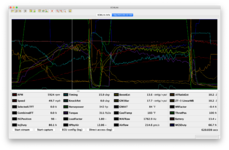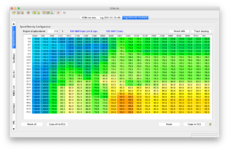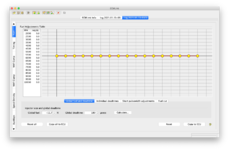v8s_are_slow
20+ Year Contributor
- 2,822
- 266
- Sep 30, 2002
-
Panama City,
Florida
I'm curious to how you guys are adjusting the SD table and wondering if I'm understanding this correctly. First, you throw in a VE table that ya want (Like Sam from RRE shows), and then put in 14.7 in off boost areas and 10.5 (or whatever your target fuel is) into the openloopmaxoct table. Then to get everything dialed in properly you lock it in openloop and adjust idle with the SD table (guessing the global fuel and deadtime is set to whatever is appropriate for your injector size) until the wideband reads 14.7 at idle and 10.5 at wot. Smooth out everything in between, then uncheck the lock in openloop box and....I dunno. I'm lost from there because I would think that the O2 sensor woud kick in and throw it off from there. Or am I overthinking it? And guessing Airflowperrev is just ignored???
Curious to see how you guys are doing as opposed to how I've been doing it previously to now. Thanks.
Curious to see how you guys are doing as opposed to how I've been doing it previously to now. Thanks.
Last edited by a moderator:























